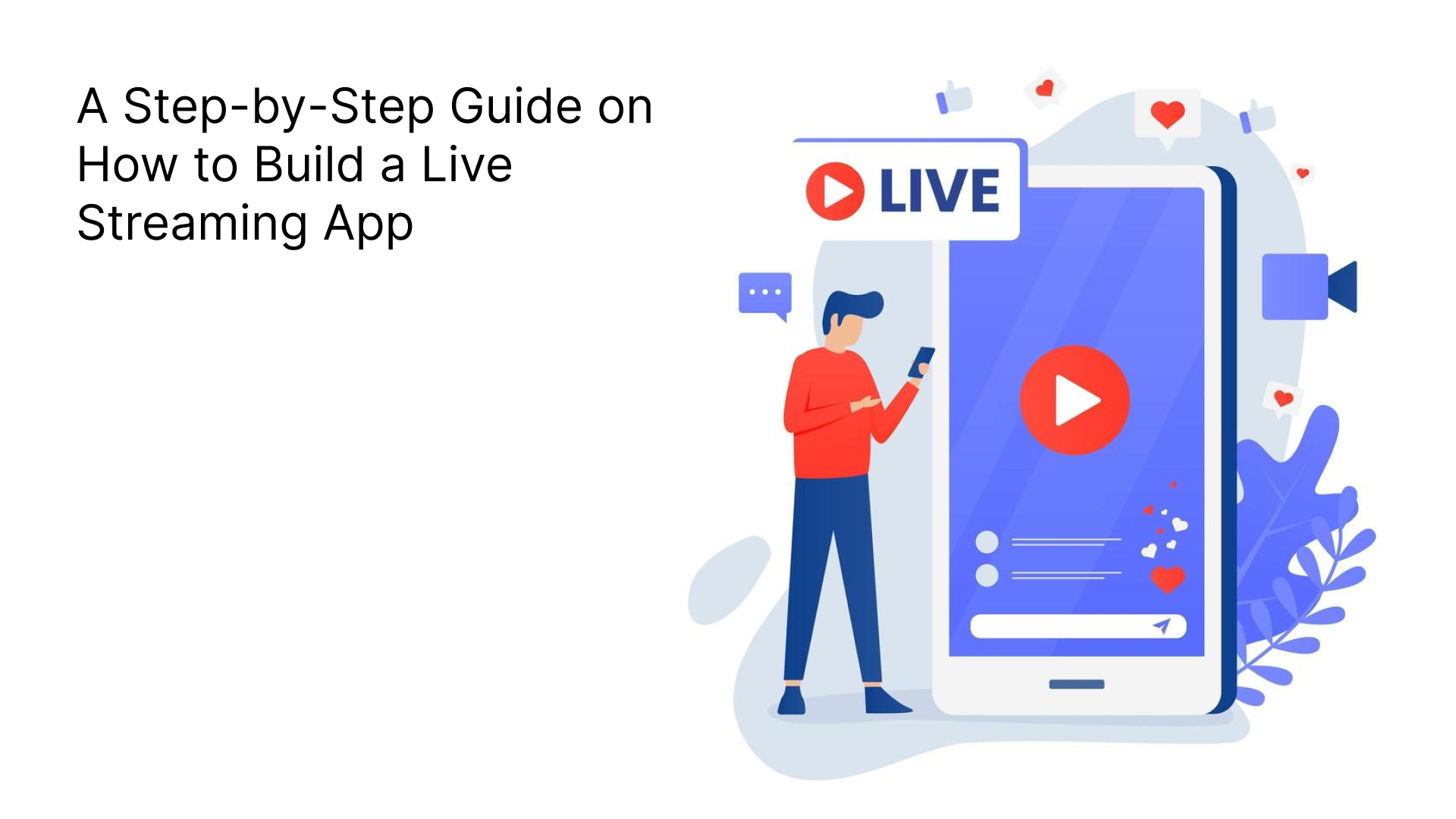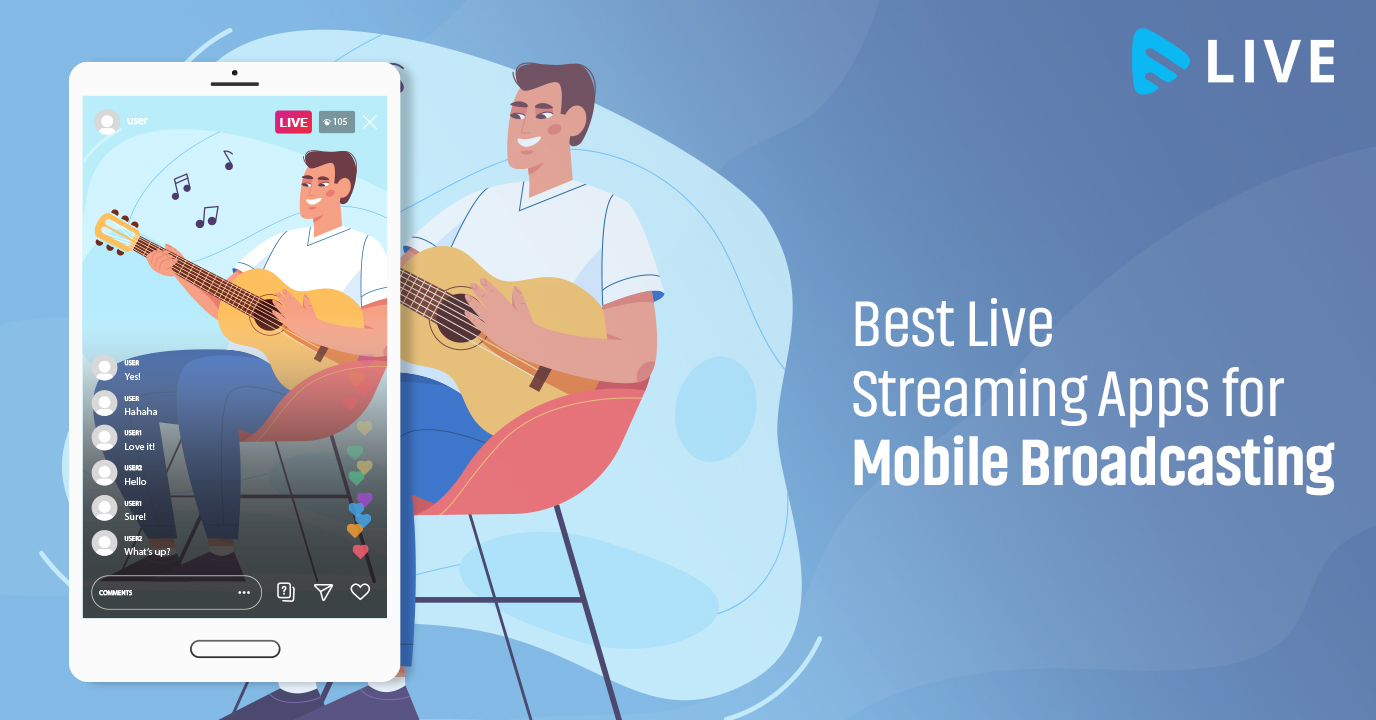| 1. Introduction |
| 2. Understanding Live Streaming |
| 2.1 What is Live Streaming? |
| 2.2 Benefits of Live Streaming |
| 3. Market Research and Planning |
| 3.1 Identifying Your Target Audience |
| 3.2 Competitor Analysis |
| 3.3 Defining Your Unique Selling Proposition (USP) |
| 4. Key Features of a Live Streaming App |
| 4.1 User Registration and Authentication |
| 4.2 Live Streaming Functionality |
| 4.3 Real-Time Chat and Interaction |
| 4.4 Video Storage and Playback |
| 4.5 Monetization Options |
| 4.6 Analytics and Reporting |
| 5. Technical Stack for Live Streaming App |
| 5.1 Frontend Technologies |
| 5.2 Backend Technologies |
| 5.3 Choosing the Right CDN |
| 6. Development Process |
| 6.1 Setting Up the Development Environment |
| 6.2 UI/UX Design |
| 6.3 Frontend Development |
| 6.4 Backend Development |
| 6.5 Integration of Live Streaming Services |
| 6.6 Testing and Quality Assurance |
| 7. Deployment and Maintenance |
| 7.1 Deployment Strategies |
| 7.2 Regular Updates and Maintenance |
| 8. Marketing Your Live Streaming App |
| 8.1 Pre-Launch Marketing |
| 8.2 Post-Launch Marketing |
| 9. Conclusion |
| 10. FAQs |
| The Complete Guide To Build A Live Streaming App |
|------------------------------------------------------|
1. Introduction
Welcome to the ultimate guide on building your own live streaming app! In today's digital age, live streaming has taken the world by storm, becoming a key medium for entertainment, education, and communication. Whether you’re aiming to create the next Twitch, Instagram Live, or a unique platform tailored to a specific niche, this comprehensive guide will walk you through every step of the process.
2. Understanding Live Streaming
2.1 What is Live Streaming?
Live streaming is the process of transmitting video and audio coverage of real-time events over the internet. It allows viewers to watch and engage with content as it happens, makingit a powerful tool for real-time communication and entertainment.
2.2 Benefits of Live Streaming
Live streaming offers numerous benefits, including real-time interaction with audiences, immediate feedback, wider reach, and the ability to create authentic and engaging content. For businesses, it can drive sales, enhance brand loyalty, and provide valuable insights into customer preferences.
3. Market Research and Planning
3.1 Identifying Your Target Audience
Before diving into development, it’s crucial to understand who your audience is. Are you targeting gamers, educators, fitness enthusiasts, or a different group? Knowing your audience will guide your feature set, design choices, and marketing strategies.

3.2 Competitor Analysis
Analyze existing live streaming apps to identify what they do well and where they fall short. This will help you find opportunities to innovate and differentiate your app from the competition.
3.3 Defining Your Unique Selling Proposition (USP)
Your USP is what makes your app unique. It could be a novel feature, a specific user base, or superior user experience. Clearly defining your USP will help in attracting users and standing out in the crowded live streaming market.
4. Key Features of a Live Streaming App
4.1 User Registration and Authentication
A robust registration and authentication system is essential for user security and personalized experiences. This can include social media logins, email verification, and two-factor authentication.
4.2 Live Streaming Functionality
At the heart of your app is its live streaming capability. This includes features like starting and stopping streams, adjusting stream quality, and managing latency to ensure smooth and reliable broadcasts.
4.3 Real-Time Chat and Interaction
Engagement is key in live streaming. Integrate real-time chat, emojis, reactions, and other interactive elements to keep your audience engaged and foster community building.
4.4 Video Storage and Playback
Allow users to save live streams for later viewing. This involves implementing efficient video storage solutions and playback features that support various devices and screen sizes.
4.5 Monetization Options
Monetization can take various forms, including ads, subscription models, pay-per-view, and donations. Choose the method that aligns best with your audience and content type.
4.6 Analytics and Reporting
Incorporate analytics to track viewer engagement, stream performance, and other key metrics. This data is invaluable for improving your app and providing insights to content creators.
5. Technical Stack for Live Streaming App
5.1 Frontend Technologies
For the frontend, consider using frameworks like React Native or Flutter for cross-platform development, ensuring your app runs smoothly on both iOS and Android devices.
5.2 Backend Technologies
The backend should be robust to handle high traffic and data processing. Popular choices include Node.js, Django, or Ruby on Rails. Additionally, consider using scalable cloud services like AWS or Google Cloud.
5.3 Choosing the Right CDN
A Content Delivery Network (CDN) is crucial for minimizing latency and ensuring fast and reliable content delivery. Akamai, Cloudflare, and Amazon CloudFront are popular options.
6. Development Process
6.1 Setting Up the Development Environment
Set up a development environment with version control (like Git), continuous integration, and development tools tailored to your tech stack. This ensures a smooth workflow and collaboration among your team.
6.2 UI/UX Design
Invest time in creating an intuitive and visually appealing design. User experience is paramount in retaining users and encouraging engagement. Use wireframing tools like Sketch or
Figma to prototype your app.
6.3 Frontend Development
Develop the app's user interface using your chosen frontend framework. Ensure the app is responsive, fast, and user-friendly. Pay attention to accessibility standards to make your app inclusive.
6.4 Backend Development
Build a robust backend to handle user data, stream management, and real-time interactions. Implement RESTful APIs or GraphQL to facilitate communication between the frontend and backend.

6.5 Integration of Live Streaming Services
Integrate live streaming protocols like RTMP, HLS, or WebRTC for real-time video streaming. Utilize third-party services like Wowza or DaCast to simplify the streaming process.
6.6 Testing and Quality Assurance
Thoroughly test your app for bugs, performance issues, and security vulnerabilities. Use automated testing tools and conduct beta testing to gather user feedback and make necessary improvements.
7. Deployment and Maintenance
7.1 Deployment Strategies
Deploy your app using platforms like Docker for containerization and Kubernetes for orchestration. Choose cloud services like AWS, Azure, or Google Cloud for scalability and reliability.
7.2 Regular Updates and Maintenance
Post-deployment, continuously monitor your app’s performance and user feedback. Regular updates and maintenance are crucial for fixing bugs, adding new features, and ensuring security.
8. Marketing Your Live Streaming App
8.1 Pre-Launch Marketing
Build hype before your app’s launch with teaser campaigns, social media promotions, and influencer partnerships. Collect email sign-ups to create a list of potential early adopters.
8.2 Post-Launch Marketing
After launch, use various marketing strategies like content marketing, SEO, PPC advertising, and user engagement campaigns to attract and retain users. Track your marketing efforts with analytics tools to optimize your strategies.
9. Conclusion
Building a live streaming app is a challenging yet rewarding endeavor. By following this comprehensive guide, you can navigate the complexities of development, deployment, and marketing to create a successful live streaming platform. Stay focused on your unique vision, continuously innovate, and engage with your audience to build a thriving app.
10. FAQs
1. How long does it take to build a live streaming app?
The development timeline can vary widely based on the complexity of the app and the size of your development team. On average, it can take anywhere from 6 months to a year.
2. What is the cost of developing a live streaming app?
Costs can range from $50,000 to $200,000 or more, depending on the features, technology stack, and location of your development team.
3. Can I use open-source tools for building my live streaming app?
Yes, there are several open
-source tools and libraries available that can significantly reduce development time and cost. However, ensure they meet your security and scalability requirements.
4. How can I monetize my live streaming app?
Monetization options include ads, subscriptions, pay-per-view, and donations. Choose a model that aligns with your audience and content strategy.
5. What are the key challenges in developing a live streaming app?
Key challenges include ensuring low latency streaming, handling high traffic, providing a seamless user experience, and maintaining app security.





